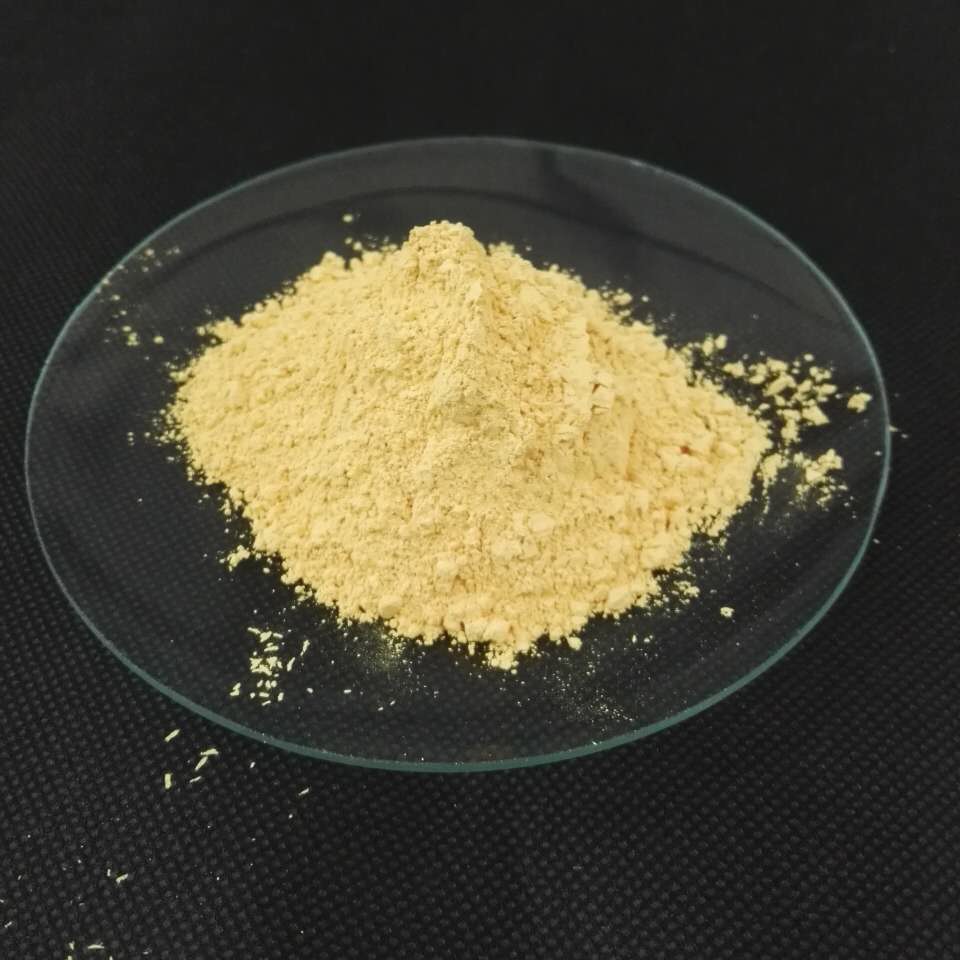



lead nitrate use
The Use of Lead Nitrate Applications, Risks, and Alternatives
Lead nitrate, a chemical compound with the formula Pb(NO3)2, is a colorless crystalline substance that has been utilized in various applications. Historically, it has played a significant role in industries ranging from pyrotechnics to the production of inks and pigments. However, the use of lead nitrate also raises concerns regarding environmental and health impacts due to lead's toxic nature. In this article, we will explore the applications of lead nitrate, the associated risks, and the existing alternatives to mitigate its harmful effects.
Applications of Lead Nitrate
Lead nitrate is primarily used in the manufacturing of lead-based products. One of its most notable applications is in the pyrotechnic industry, where it serves as an oxidizing agent in fireworks and flares. Its ability to enhance the vividness of colors and improve the stability of compositions makes it a popular choice among pyrotechnicians.
In addition to pyrotechnics, lead nitrate is employed in the production of lead glass and crystal, where it contributes to the refractive quality and brilliance of the finished product. It is also used in the synthesis of various lead compounds that are integrated into paints, dyes, and ceramics. Furthermore, its utility extends to laboratories, where it is often utilized in chemical analysis and as a reagent in various reactions.
Risks and Health Concerns
Despite its usefulness, the toxicity of lead nitrate poses significant health and environmental risks. Lead is a known neurotoxin, and exposure can lead to various health issues, particularly in children. Prolonged exposure to lead compounds, including lead nitrate, can result in developmental delays, cognitive deficits, and behavioral problems. Adults exposed to lead may experience hypertension, kidney damage, and reproductive issues.
The environmental impact is equally concerning. Lead can contaminate soil and water, posing a threat to ecosystems and wildlife. Its persistence in the environment means that lead compounds can remain for extended periods, potentially entering the food chain and affecting plant and animal life.
lead nitrate use

As awareness of these risks has grown, many countries have implemented stricter regulations regarding the use of lead compounds, including lead nitrate. Industries are increasingly required to adopt safer alternatives to reduce lead exposure and protect public health.
Alternatives to Lead Nitrate
In response to the challenges posed by lead nitrate, many industries are seeking non-toxic alternatives. For pyrotechnics, alternative oxidizers such as potassium nitrate and ammonium perchlorate have been explored. These substitutes can provide similar effects in terms of performance without the associated health risks of lead compounds.
In the manufacturing of glass and ceramics, lead-free formulations are now available. These products utilize other stabilizers and colorants that do not contain lead, thus eliminating the potential hazards while still delivering desirable aesthetic qualities.
Moreover, in the paints and coatings industry, the shift towards lead-free systems has been accelerated. Various non-toxic pigments and additives are now used, ensuring that products meet safety standards without sacrificing quality.
Conclusion
The use of lead nitrate, while historically significant, raises pressing concerns regarding health and environmental safety. As industries continue to evolve, the demand for safer alternatives becomes increasingly important. By embracing non-toxic substitutes, sectors that once relied heavily on lead nitrate can protect both public health and the environment, paving the way for a more sustainable future. The transition away from lead compounds is not only a regulatory requirement in many areas but also a fundamental step towards creating safer products for consumers and preserving ecological integrity.
-
Why Sodium Persulfate Is Everywhere NowNewsJul.07,2025
-
Why Polyacrylamide Is in High DemandNewsJul.07,2025
-
Understanding Paint Chemicals and Their ApplicationsNewsJul.07,2025
-
Smart Use Of Mining ChemicalsNewsJul.07,2025
-
Practical Uses of Potassium MonopersulfateNewsJul.07,2025
-
Agrochemicals In Real FarmingNewsJul.07,2025
-
Sodium Chlorite Hot UsesNewsJul.01,2025










